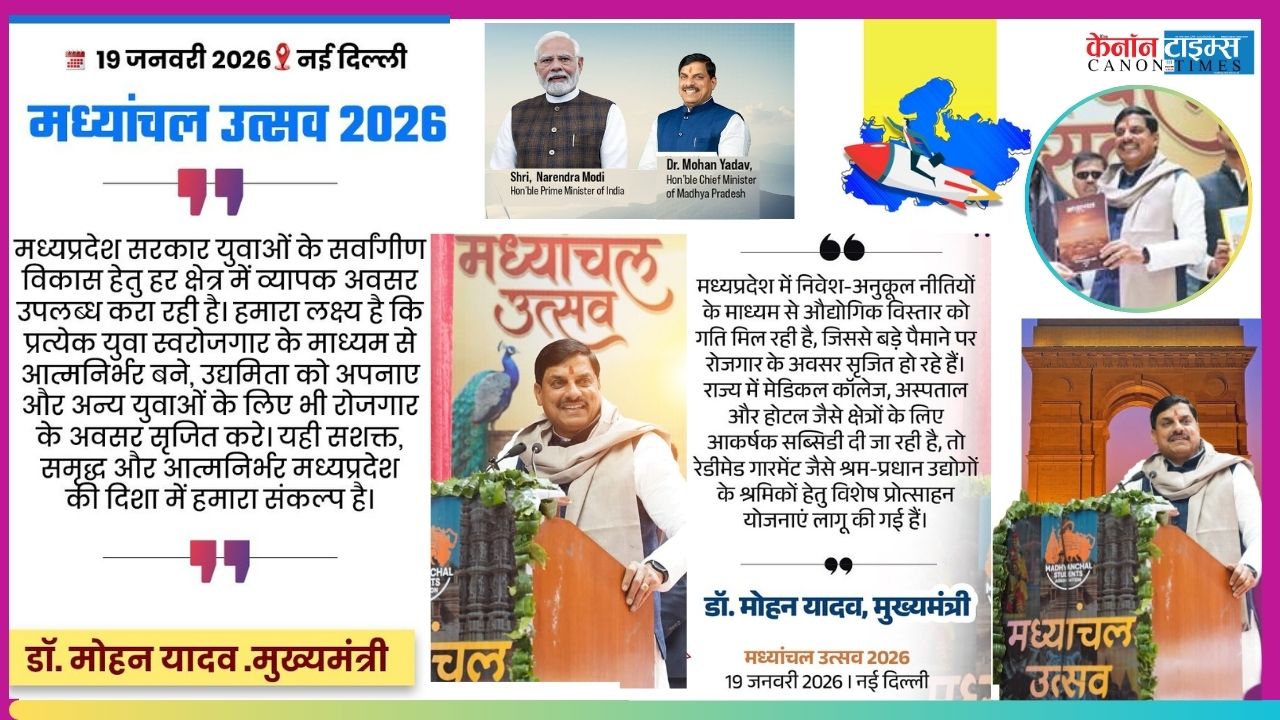In June, the provisional Consumer Price Index (CPI) increased to 5.08%, breaking a five-month downward trend and 28 basis points quicker than the May estimate of 4.80%. Food prices were the primary culprit. In June, the Consumer Food Price Index (CFPI) reported a 67 basis point increase in food prices, reaching an alarming 9.36% year on year. The CFPI experienced the highest sequential acceleration in 11 months, with food prices rising by 3.17% from May and pushing the overall CPI up by 1.33% from the previous month.
Monetary officials are concerned about the unpredictable nature of food price increases, which is why they have decided to maintain interest rates steady. At the Monetary Policy Committee meeting last month, RBI Deputy Governor Michael Debabrata Patra emphasized that the Indian economy is still vulnerable to food price shocks. Monetary policy should be strengthened to prevent spillovers to other aspects of the economy and expectations. The CFPI’s nine sub-categories experienced month-on-month improvements, with eight of them showing sequential accelerations (excluding sugar and condiments).
Vegetable prices increased by 29.3% year-on-year and 14.2% sequentially, the most in 11 months. Potato, onion, and tomato prices increased by 57.6%, 58.5%, and 26.4% year, respectively.
The forecast for food costs is not particularly encouraging. On July 15, the all-India average retail price of potatoes and onions was nearly 56% and 67% more than a year ago, according to data from the Department of Consumer Affairs Price Monitoring Division website.
Tomato prices were 43% lower than a year earlier, but 76% higher than in mid-June, suggesting a shift in price momentum. Cereal prices, which make up the majority of the food basket, have increased by about 10% and 6%, respectively, compared to the previous year. According to IMD data as of July 14, there has been a 2% deficit in nationwide precipitation since June 1. The deficit is also regionally uneven.
Eleven of India’s 36 meteorological sub-divisions were classified as ‘deficient’, meaning they had received 20%-59% less rainfall than the long-term average. Policymakers must slow the rate of inflation in crucial food growing areas, such as Punjab, due to insufficient rains.
ABHISHEK VERMA
Author: This news is edited by: Abhishek Verma, (Editor, CANON TIMES)
Authentic news.






